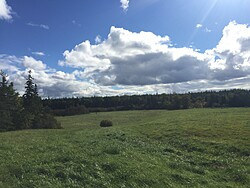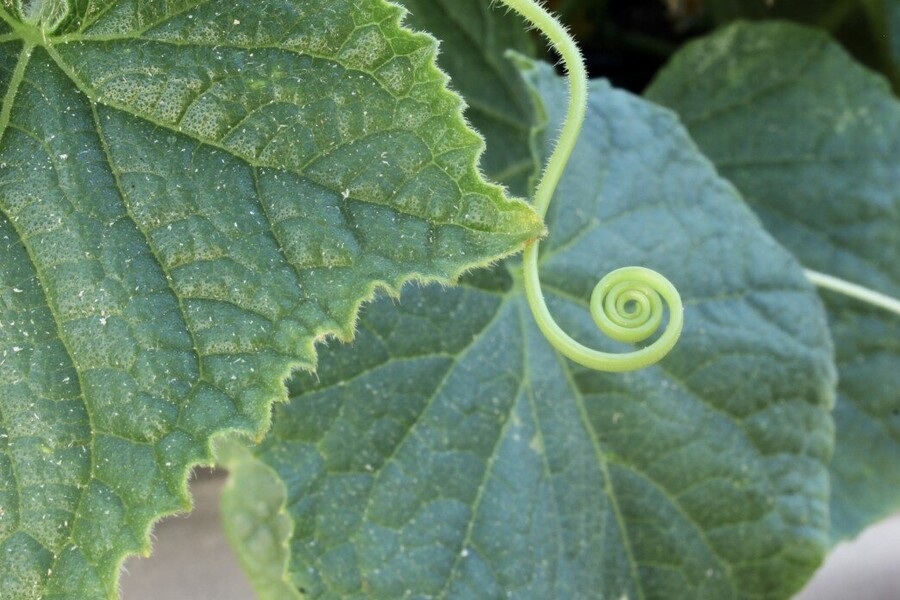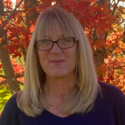What an interesting moment it’s been to step into leadership at Commonweal’s Collaborative on Health and the Environment (CHE). Our 20th anniversary year offers opportunities for celebration, reflection, and renewal—all of which are well underway.
Co-founder Steve Heilig offered this thought piece earlier this summer, highlighting the story of CHE’s origins and some key accomplishments.
As you’ll see, there are many! From launching the first academic program in the United States on reproductive health and the environment, to creating an award-winning ebook on environmental determinants of health, to building a Toxicant and Disease Database for researchers and the Because Health website for consumers, CHE has made many contributions to the environmental health community over the years.
Who Is This New CHE Director, Anyway?
Before diving into our plans to celebrate and build on these accomplishments, I want to share a few words about why I was drawn to this work and how I found myself at CHE.
I grew up in rural Northern California, first on a ranch, and then a small farm. This childhood taught me deep respect for the land and what it takes to work it, the cycles of nature, and the astonishing sweetness of lemon cucumbers direct from the vine.
My environmental health career started with a stint at EPA headquarters in Washington, DC. I came to Pesticide Action Network (PAN) after graduate school, and promptly dove into work on international treaties—first the Montreal Protocol, then the Stockholm Convention. As our children grew, I shifted to projects that kept me closer to home, promoting national and state policies and programs that protect children, farmworkers, and rural families from health-harming pesticides.
Throughout my 25 years with PAN I learned, again and again, how important public interest science is to making change in the world. I also learned that even the most excellent scientific evidence is rarely enough on its own. But when independent science is combined with creative, persistent advocacy that centers leadership of affected communities, real change can happen.
I’m excited to bring this perspective to CHE, and to continue the organization’s long history of building partnerships that make good things happen. I firmly believe it will take all kinds of new, innovative collaborations to meet the multiple global crises before us.
Celebrating A Legacy of Launches
What’s struck me as I’ve learned more about CHE’s history is how often we’ve played the role of incubator or catalyst over the years, sparking and nurturing efforts that have gone on to have incredible impact in the field of environmental health.
This catalytic role is the result, I believe, of CHE’s commitment to connecting across disciplines to create space for collaboration and meaningful partnerships. You never know what will emerge when you bring together committed, creative people from diverse backgrounds to tackle tough problems—but, very often, it’s something important and good.
So at a time when we all need positivity in our lives, we have some fun plans to celebrate CHE’s legacy and future this fall. We’re hosting a series of CHE Cafes, bringing back a past format of informal, online conversations with leading “thinkers and doers” working for environmental health and justice.
We’ve also invited thought pieces from researchers and innovators who’ve been involved with CHE in various ways. These will be compiled in a special upcoming issue of the San Francisco Marin Medical Society Journal, and will also be featured on the newly revitalized CHE blog.
And on Saturday, November 12 we’ll host an in-person (and live streamed) event with environmental health luminaries to mark the 20-year milestone. We’ll gather at Commonweal to share stories of CHE’s work over the years, plans for what’s ahead—and for those who can be there in person, food and drink! Please save the date, and stay tuned to the CHE website or blog for details.
Reflection and Renewal
The anniversary has also spurred us to reflect on how CHE can most usefully support environmental health and justice, today and into the future.
My colleague Ann Blake (now executive director of the Jenifer Altman Foundation) spent several months in conversation with members of the CHE community to gather input on this question. She also conducted a survey of the larger community of CHE members and supporters to find out what people appreciated most about the organization, and where we might change and grow.
I’ve been digesting all this input as I step into my new role, and having additional conversations of my own. I’m now working with CHE’s amazing advisory team to hone in on some exciting new strategic directions. If you’re interested in learning more as we finalize these plans in the coming months, please sign up for our newsletter updates here.
Our signature webinars with partners evoked many “More of this, please!” responses in the national survey mentioned above—and we’re happy to oblige. CHE will continue to work with the EDC Strategies Partnership to share the latest science on endocrine disruption, and with the Health and Environment Alliance (HEAL) to feature science and policy updates from Europe. We’ll keep hosting presentations from new environmental health scientists in the Young EDC Scientists Series (co-hosted with Healthy Environment and Endocrine Disruptor Strategies) and also through the Agents of Change in Environmental Justice program.
And of course CHE Alaska will continue hosting a wide range of environmental health conversations, with a particular focus on how toxic chemicals are affecting indigenous communities in the arctic and beyond.
You’ll find information about all this in our monthly updates as well.
Moving Forward, Together
What else about me? I live on traditional Ohlone lands in a 125-year-old house in downtown San Jose, where I  serve on the board of a wonderful urban farm and community building hub called Veggielution. I love gardening, bike riding, the woods, the ocean, and spending time on the family farm on Cape Breton Island when I can get there.
serve on the board of a wonderful urban farm and community building hub called Veggielution. I love gardening, bike riding, the woods, the ocean, and spending time on the family farm on Cape Breton Island when I can get there.
I think of myself as both a dot connector—people, ideas, organizations and resources—and a lifelong learner.
I look forward to working with you all.
This article is also published on the Commonweal website.


